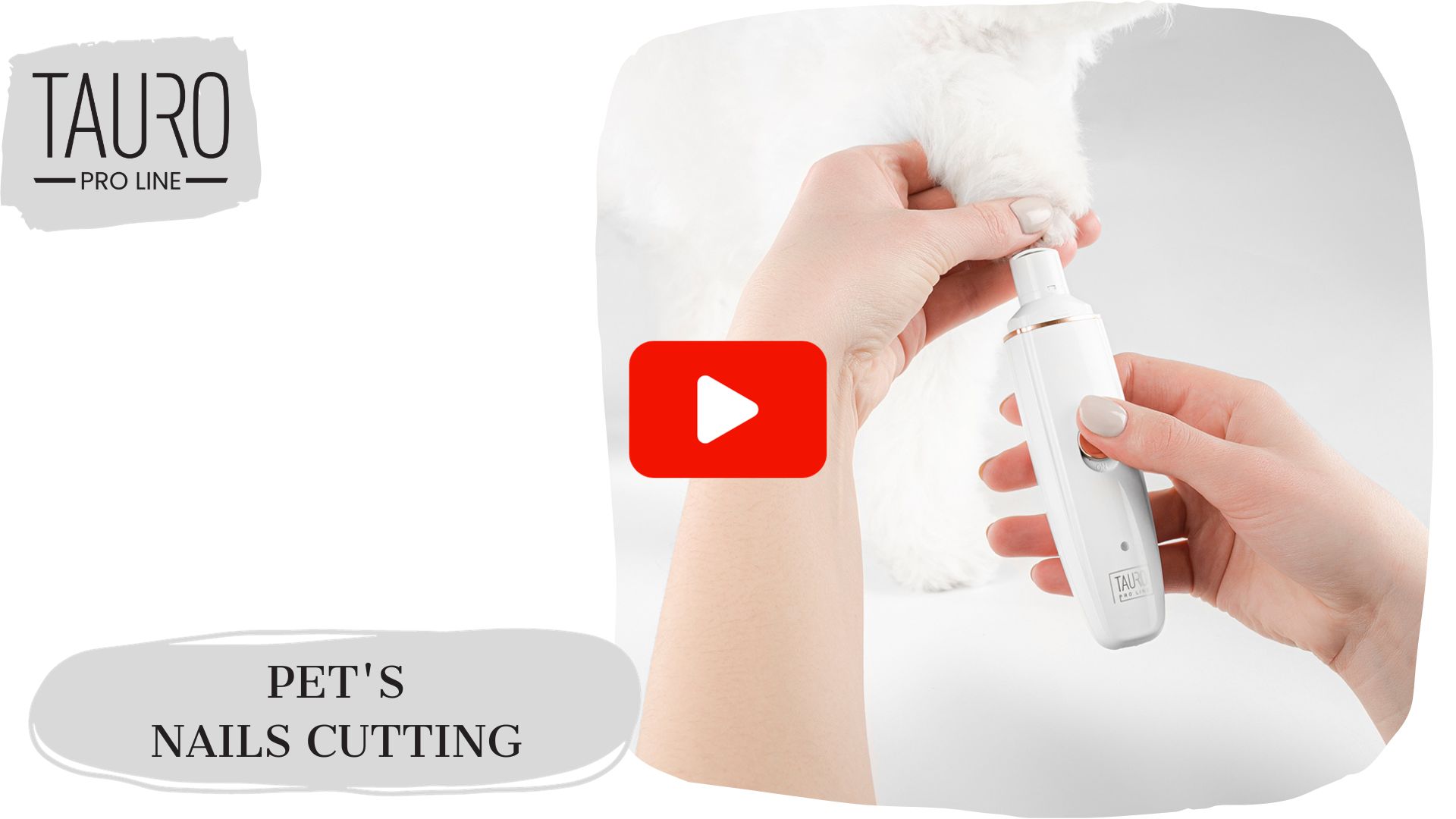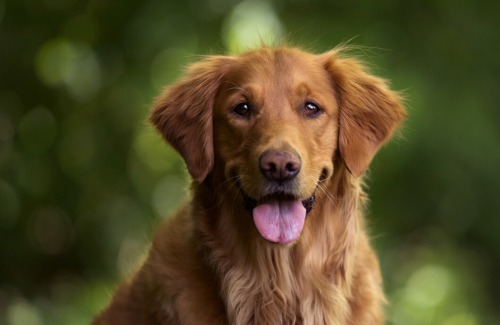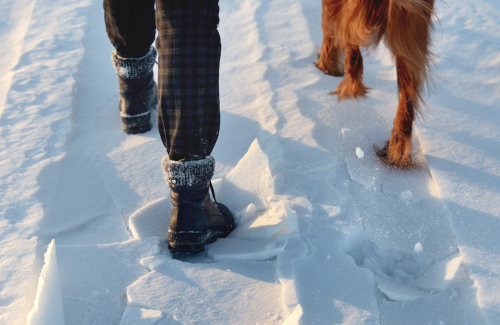Mastering the Art of Dog Nail Trimming: An Expert Guide for New Dog Owners
One essential task of owning a dog is nail trimming, which can initially seem daunting. However, with the right knowledge and tools at your disposal, you'll become a confident nail trimmer in no time. In this guide, we'll walk you through the step-by-step process of cutting your dog's nails. With Tauro Pro Line's high-quality grooming tools, such as the Tauro Pro Line Nail Clippers and Skin Care Powder, you can ensure a safe and comfortable nail trimming experience for both you and your furry friend.
Why is nail trimming important?
Neglecting your dog's nail care can have both immediate and long-term consequences, impacting their health and overall well-being.
Immediate Impacts:
- Discomfort while walking: Neglected nails can force the toes upward or twist them to one side, causing discomfort and affecting your dog's gait.
- Paw pad penetration: Overgrown nails can penetrate the paw pads, leading to pain, discomfort, and an increased risk of infection.
- Entanglement hazards: Long nails can easily become entangled in carpets, blankets, or collars, causing further discomfort and potentially leading to accidents or injuries.
Long-term Impacts:
- Inability to trim nails properly: Neglected nails may result in the quick (blood vessel and nerve inside the nail) continuing to grow, making it difficult to trim the nails to an appropriate length.
- Arthritis in the feet: Prolonged neglect of nail care can contribute to the development of arthritis in the feet, causing chronic pain and mobility issues for your dog.
- Joint problems: The altered gait resulting from overgrown nails can put undue stress on your dog's joints, potentially leading to long-term joint problems and discomfort.
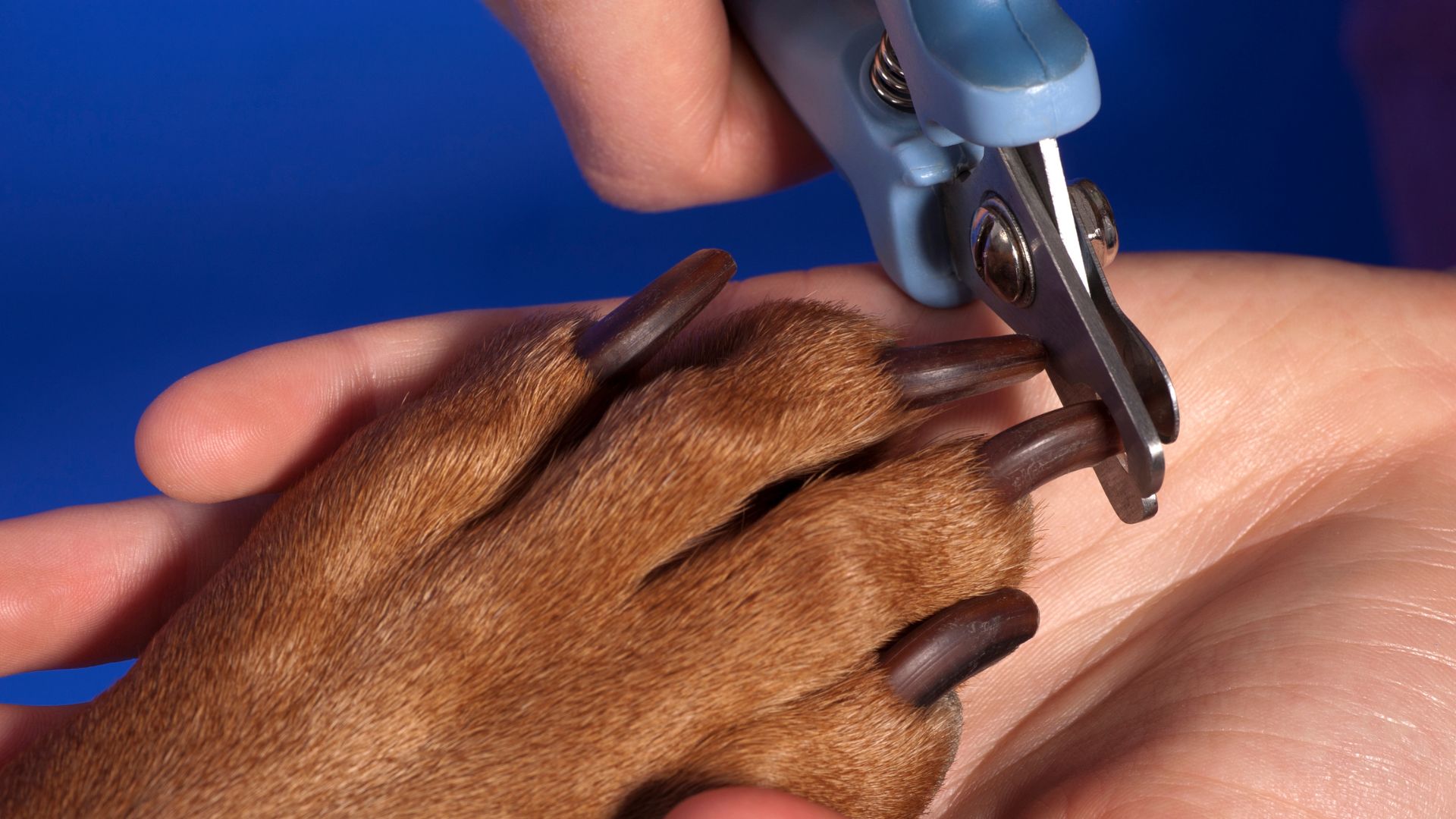
Determining the Ideal Frequency for Trimming Your Dog's Nails
To ensure proper nail care for your furry companion, it is generally recommended to trim your dog's nails every couple of weeks. However, the frequency may vary based on your dog's lifestyle and environment. Here's a helpful guideline:
- Active dogs on hard surfaces: If your dog spends significant time running or walking on hard surfaces like pavement, their nails may naturally wear down, requiring less frequent trimming. Dewclaws, however, still need attention.
- Indoor or grass-based dogs: Dogs who primarily stay indoors or frequently walk on soft grass may need their nails trimmed more often, approximately once a week. These surfaces do not provide sufficient friction to naturally wear down the nails.
Neglecting to maintain appropriate nail length has long-term consequences. When nails become excessively long, the quick (the vein inside the nail) can also extend, making future trimming more challenging.
How to Recognize Overgrown Nails:
Keep an eye out for the following signs, indicating that it's time to trim your dog's nails:
- Clicking sound: If you can hear a clicking sound when your dog walks on hard surfaces or pavement, it's an indication that their nails have grown too long.
- Long, slender curve: Overgrown nails may develop a pronounced and elongated curve, impairing your dog's comfort and mobility.
- Visible extension beyond the quick: In dogs with white nails, if you notice the nails extending significantly beyond the visible quick, it's a clear indication that they need trimming.
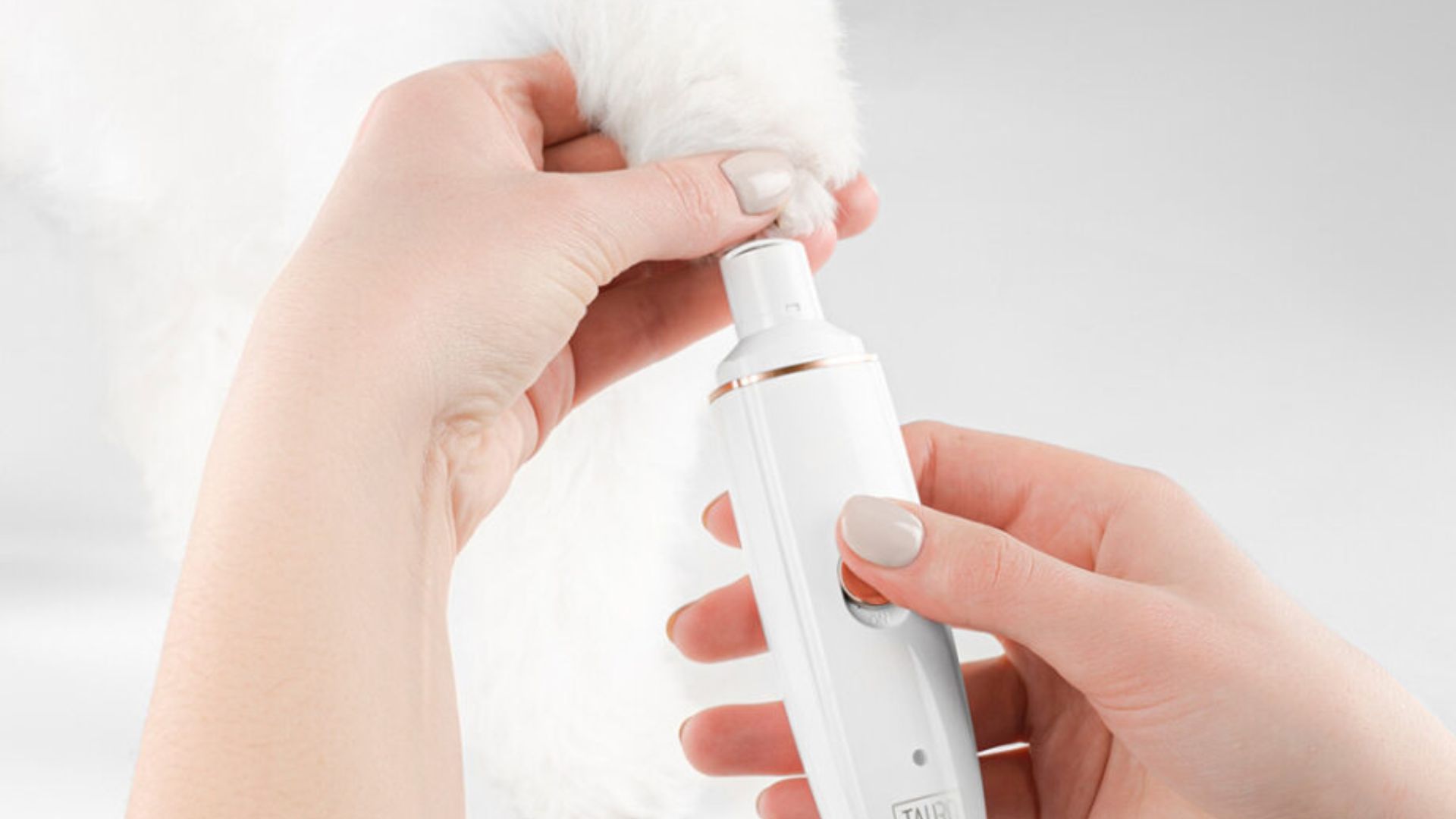
Step-by-step guide on how to trim your pets nails
Step 1: Gather Your Tools: Before you begin, gather the necessary tools for the task. You'll need Tauro Pro Line Nail Clippers, which are specifically designed for safe and precise nail trimming. Additionally, keep Tauro Pro Line Skin Care Powder on hand to quickly stop any bleeding in case of accidental nail cuts.
Step 2: Familiarize Your Dog: Help your dog become comfortable with the nail trimming process by introducing the clippers gradually. Allow your dog to sniff and inspect the clippers before proceeding. Offer treats and praise to create a positive association with the clippers.
Step 3: Choose the Right Time and Environment: Select a calm and quiet environment for nail trimming to minimize distractions and stress. Ensure there's ample lighting so you can clearly see your dog's nails. Find a comfortable position for both you and your dog, ensuring stability and ease of access to the paws.
Step 4: Observe the Quick: Identify the quick, a sensitive blood vessel that runs within the nail. It's crucial to avoid cutting into the quick as it can cause bleeding and discomfort. In dogs with light-colored nails, the quick is easily visible as a pinkish area. For dogs with dark-colored nails, proceed with caution and trim small increments to prevent accidental cuts.
Step 5: Trim Gradually: Hold your dog's paw firmly yet gently, and using the Tauro Pro Line Nail Clippers, trim a small portion of the nail at a time in a 45° angle. Aim to cut just before the quick. If you're uncertain, it's better to trim less initially and gradually shorten the nails over multiple sessions.
Step 6: Stay Calm and Use Styptic Powder if Needed: If you accidentally cut into the quick and bleeding occurs, don't panic. Use Tauro Pro Line Skin Care Powder by applying a small amount directly to the bleeding area. The powder helps stop the bleeding quickly and promotes healing. Remember to provide praise and rewards to comfort your dog during this process.
Congratulations! You've learned the essentials of dog nail trimming. With reliable and professional-grade grooming tools, you can confidently trim your dog's nails while ensuring their safety and comfort. Remember to approach the task with patience and take gradual steps. The bond between you and your furry friend will only grow stronger as you master this important grooming skill.

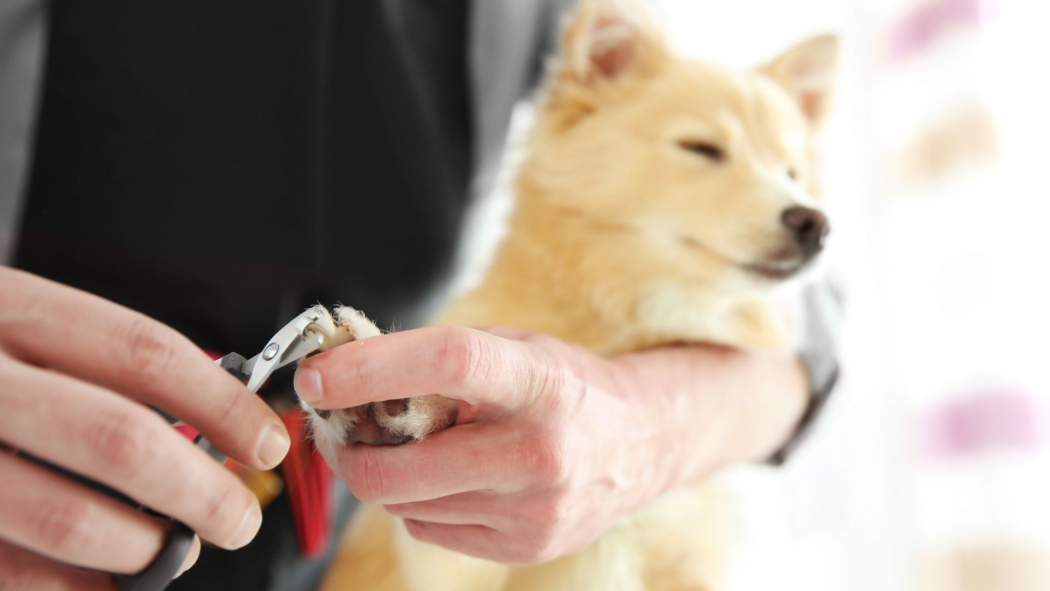
 2023-08-18
2023-08-18
